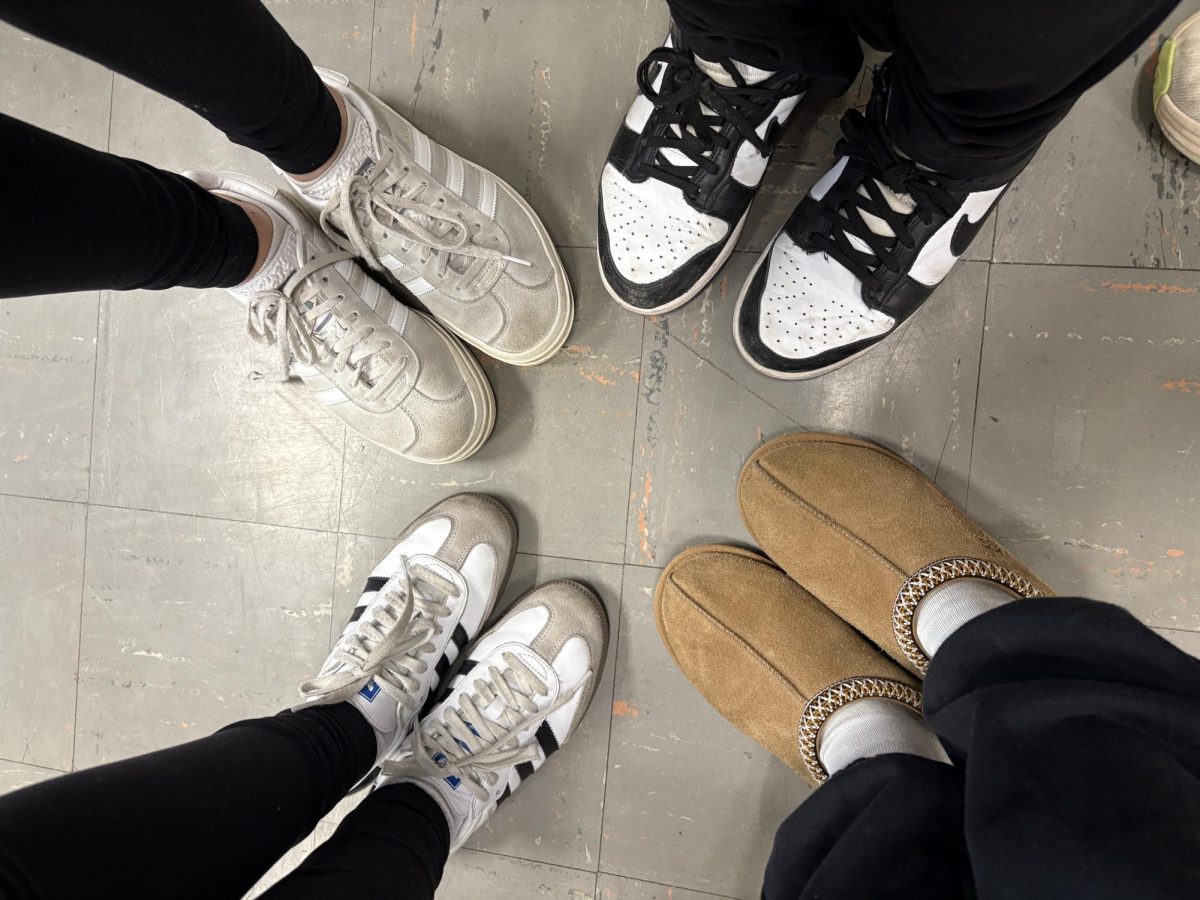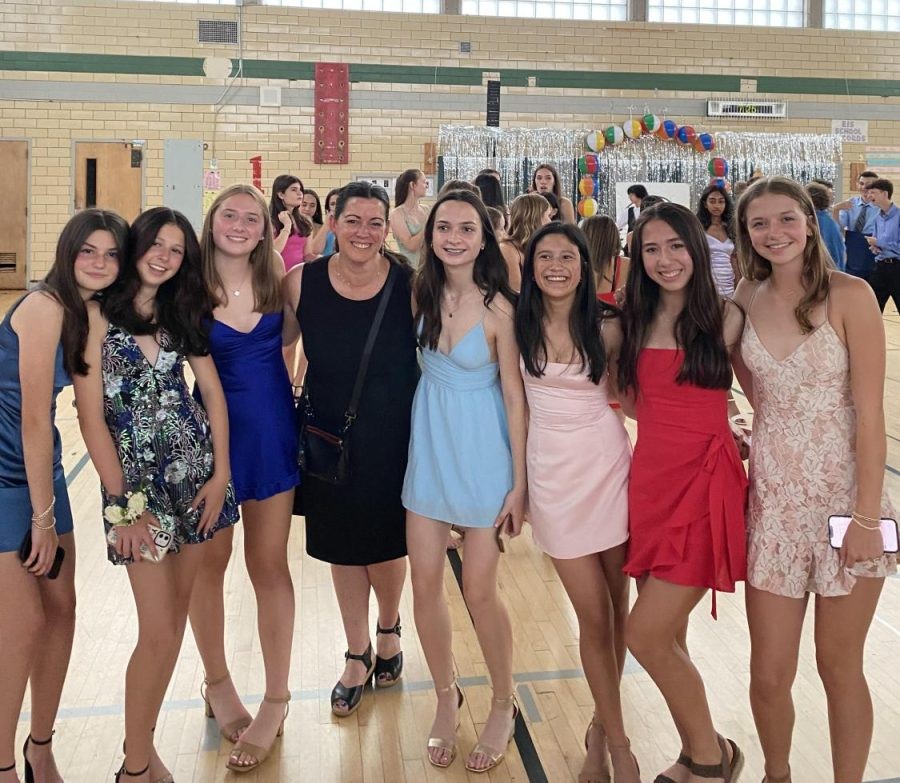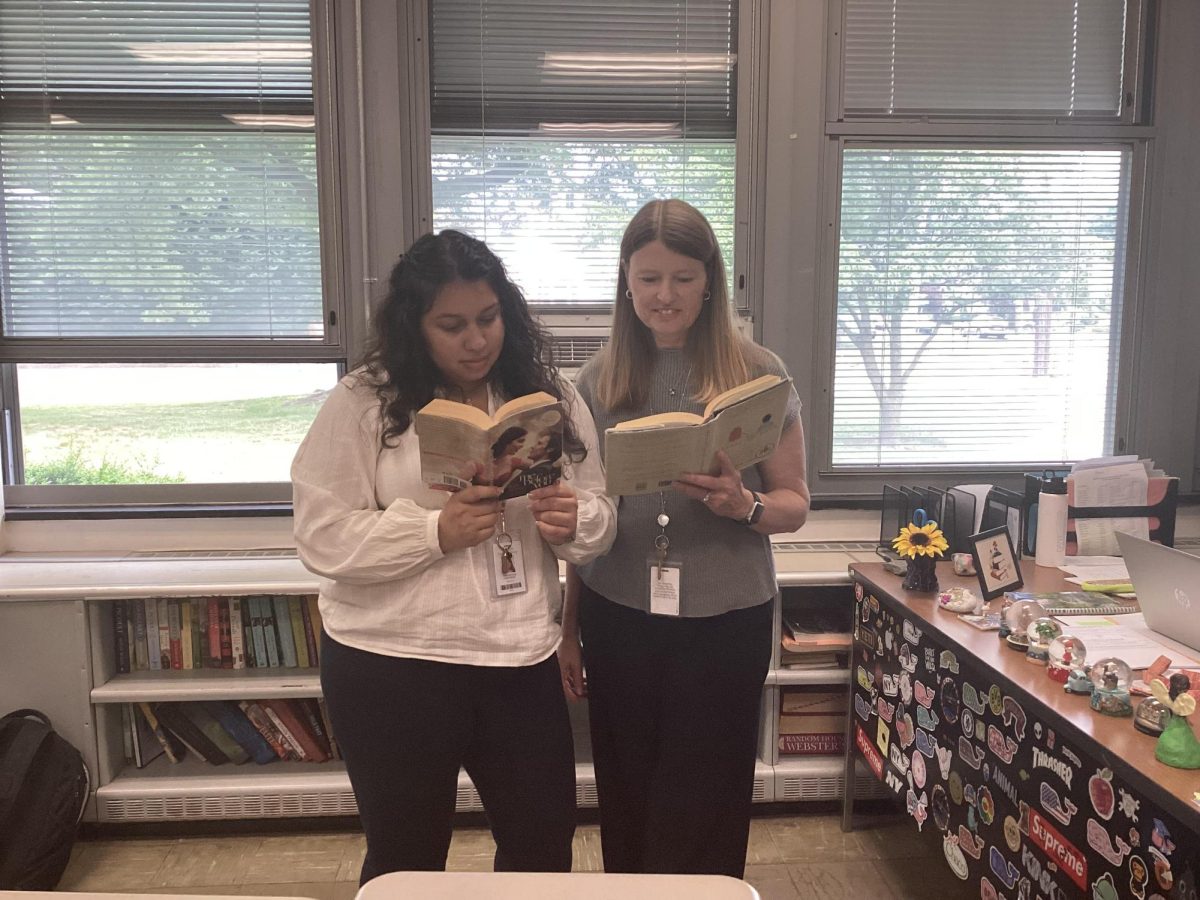Trends have had a big impact on students of Edison Intermediate school (EIS) since many follow them. The concept of trend started in the 14th century when the upper class of society demonstrated their wealth by how often they could change their looks. Many different styles have made a comeback to our society nowadays that were popular in the past. Fashion is changing constantly from the old preppy to the new generations version of it. Recently trends like “brain rot” have been very popular for EIS students.
Sophie Meyers, an eighth grader at EIS stated, “I started following trends in middle school since that’s when everyone started caring.”
Sophie Meyers shows that for many people keeping up with these trends feels like a way to fit in and avoid standing out. Sophie’s experience shows how peer pressure can affect people’s interests in fashion and other things. According to university research, scientists call the trend following theory “The Bandwagon Effect.” The effect is a psychological phenomenon which is when people do something primarily because other people are doing it. It gives people the safety net of other individuals that hold the same values in materialistic purchases and accessories.
Most people at EIS agree with the Bandwagon Effect. Ethan Goldberg, a sixth grader at EIS stated, “People follow what’s popular and popular influencers make people follow trends.”
This quote gives us a better understanding on how younger pre teens get the knowledge on how most people follow trends. Most people who begin trends are influencers since creating and spreading new ideas is a key part of what they do. Influencers often have large followings on social media platforms, which gives them the ability to introduce new styles, behaviors, or products to a wide audience.
It’s often easier to blend in than to stand out, which is why many prefer to go along with what’s already popular according to William Jasina, seventh grader at EIS stated, “It’s easier to follow the trends then to start something.”
Fashion is always coming back with different styles every few years. As reported by L’OFFICIEL, “Trends from the past can become fashionable very quickly – one influential personality’s voice is enough to gain popularity for a particular element of the style and for it to become the next big thing.”
This research is very similar to what Stephen Markowski, a music teacher at EIS has stated about fashion, “Baggy jeans and bell bottoms were very popular when I was younger. They are making a comeback, but they are styled with different things.”
Furthermore, fashion trends are coming back in forms but finding out about trends are different. To begin, trends gain momentum through social influence and digital platforms. Many years ago when not many people had social media they would find out through different ways.
Melissa Wilson, a guidance counselor at EIS, shared, “I would see trends through people, and they had signs for silly bands to promote them.”
This experience highlights how trends shaped behavior and social interaction early on. Even though these trends are way different from them today there were always ways to influence people. This memory shows how even simple things could create excitement and connection among people. Kids would go out of their way to spread the word, showing how trends could quickly catch on and shape group behavior.
Heather Diliberto, art teacher at EIS stated, “When there weren’t phones, fashion was the most popular trend. I found out trends through ads, magazines, and people when I was growing up.”
Mrs Diliberto has 3 children in 8th grade and 7th grade. This is more relatable to students who go to EIS. She understands a lot of these trends since her daughter has TikTok, Snapchat, and Instagram. She doesn’t allow her younger son to get any socials yet.
Overall, trends have a huge impact on students at Edison Intermediate School. Many people follow trends to fit in and feel accepted by their peers. Social media and influencers help spread trends quickly. Even though trends change over time, they come back in new ways. As technology evolves, so does the way trends are discovered and spread—yet the core idea remains the same. Overall, trends continue to shape how students dress, act, and connect.








